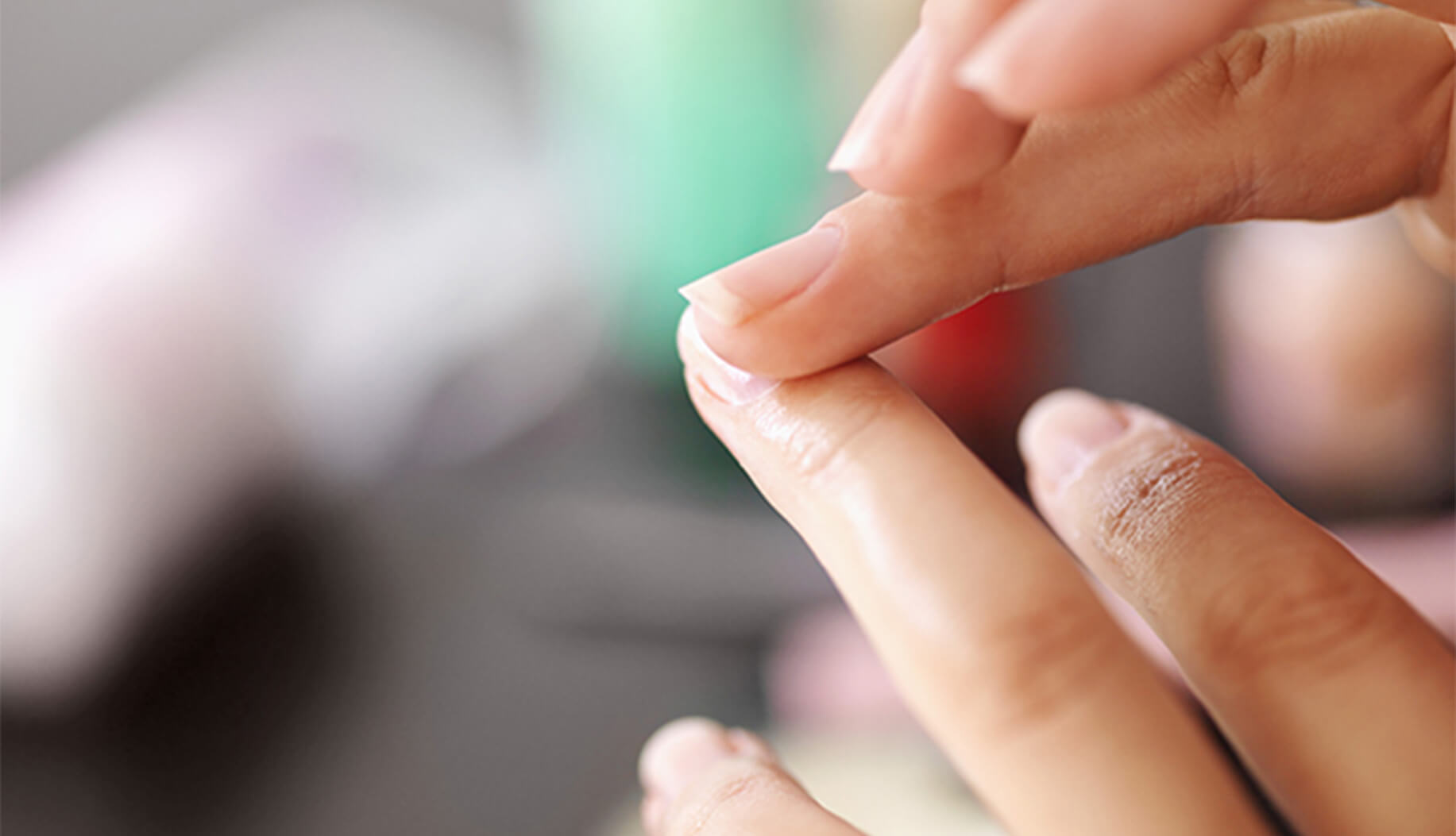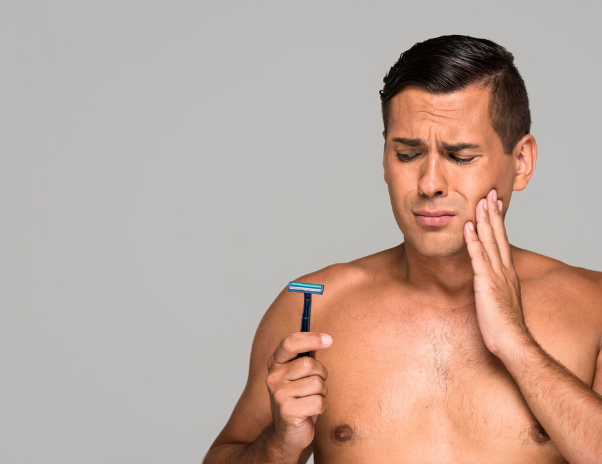
Posted date on Jul 01, 2018
Just the way your skin can tell a lot about your internal health, in the same way, your nails too are a window into the status of your wellbeing. They are also good at telling your age as babies, and elderly people have differing types. Nails are made up of layers of a protein called keratin, and a lot of human conditions can show up on your seemingly humble nails – be it the fingernails or toenails.
While a normal nail is supposed to be smooth, strong and of an even tone, numerous types of nail abnormalities have been noted. When there are health issues at stake, nails may appear pitted, discolored, brittle, ridged, or flaky. Some changes in the appearance of the nail are healthy as we age, but brittle nails are indicative of something more.
Causes
Brittle nails are in a weakened condition and tend to split, crack or peel easily; they can also present with longitudinal ridges and can’t be grown long. Some of the causes of brittle nails include lack of iron or zinc and can be associated with severe hepatitis, jaundice, heart disease or even autoimmune diseases like lupus. They can also be a result of fungal infections, nail psoriasis or a reaction to your nail polish or nail polish remover. More sinister reasons could be due to hypo- or hyperthyroidism or reactive arthritis. Nails can also become brittle due to lengthy exposure to water or chemicals, sunburn, windburn, prolonged exposure to cold, dry weather or from wearing nail polish for long periods of time. Aside from all this, there is also a debate going on that brittle nails are basically due to a protein deficiency or a lack of moisture in the nails. However, do note that if only your fingernails or toenails, and not both that are affected, then it’s likely due to an external source.
Treatment
Your first option should be to take an experienced dermatologist’s opinion before trying any conventional treatments of your own. A doctor can rule out the possible causes and zero in on the treatment you need. However, on your own, you can try and make a few changes and wear sturdy gloves when exposing your hands to water or chemicals (cleaning fluids) for prolonged periods of time. Keeping your body hydrated is another great way to moisturize your nails. Another option is to use moisturizing cream and avoid nail polish for a while. However, your dermatologist’s opinion should be given the most importance.




